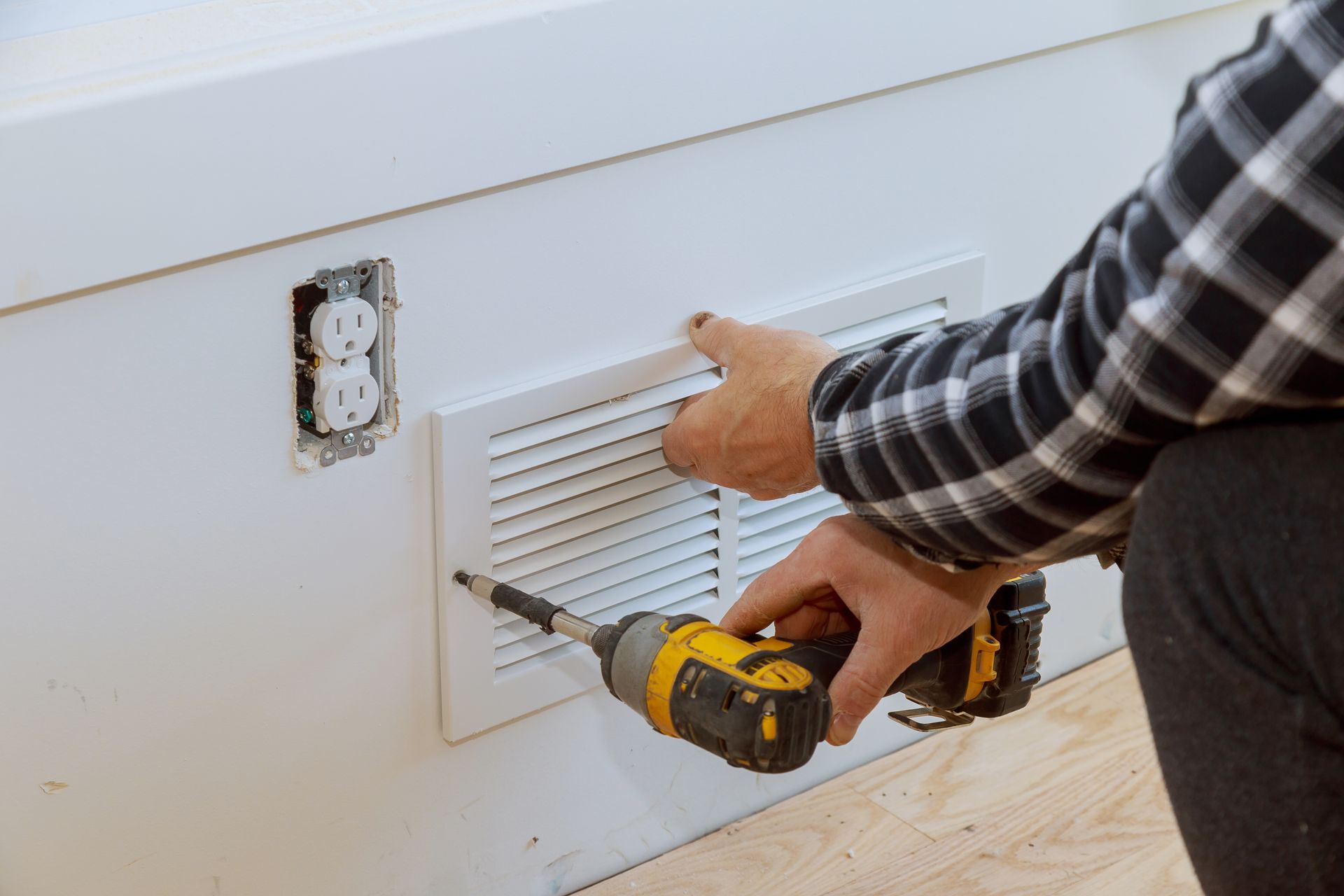The Hidden Problem: Ventilation, Dehumidification, and Mould Issues in Airtight NSW Homes
With Australia's growing focus on energy-efficient building practices, airtight construction is increasingly popular, especially in regions like New South Wales. While airtight homes significantly reduce energy consumption and improve thermal comfort, there's an unintended downside—poor indoor air quality and mould growth.
In this post, we explore why airtightness combined with insufficient ventilation and improper dehumidification is causing mould and air quality concerns in NSW. We'll also outline practical, effective solutions to tackle these issues.
Airtight Homes in NSW: A Double-Edged Sword
Airtight homes reduce energy consumption by minimising unwanted air leakage. However, without proper ventilation and humidity control, they can trap moisture, leading to mould growth and indoor air pollutants. In NSW, this problem is becoming increasingly common due to the humid coastal climate, especially in regions like Sydney, Newcastle, and Wollongong.
According to CSIRO, indoor humidity above 70% significantly increases mould risk, adversely impacting occupant health by causing respiratory conditions, allergies, and asthma flare-ups[1].
Why Does Mould Thrive in Airtight Homes?
Mould thrives in damp, stagnant air environments, which can form quickly inside airtight homes without proper ventilation. Typical sources of moisture include everyday activities such as cooking, showering, and even breathing. Without adequate air exchange, humidity builds, creating ideal conditions for mould.
Ventilation: Essential for Air Quality and Health
The most straightforward solution to prevent mould and improve indoor air quality is effective ventilation. Properly ventilating airtight homes helps remove excess humidity and pollutants, improving occupant comfort and health.
Recommended Ventilation Solutions:
- Mechanical Ventilation with Heat Recovery (MVHR): Systems like those from Stiebel Eltron bring fresh filtered air into the home while simultaneously exhausting moist, stale air. MVHR recovers heat from outgoing air, maintaining energy efficiency and reducing indoor humidity.
- Continuous Exhaust Ventilation: Ideal for high-humidity areas such as kitchens and bathrooms. Exhaust fans can be operated continuously at low speeds, ensuring consistent airflow and moisture removal.
- Demand-Controlled Ventilation (DCV): DCV systems adjust airflow based on indoor air quality sensors, ensuring optimal indoor conditions and energy savings.
Dehumidification: An Essential Partner in Managing Humidity
In particularly humid climates, ventilation alone may not be enough. Dehumidification actively removes moisture from indoor air, preventing mould growth and improving comfort.
Practical Dehumidification Solutions:
- Standalone Dehumidifiers: Effective in specific rooms where humidity peaks, such as basements, bathrooms, or laundry rooms.
- Integrated HVAC Dehumidification Systems: Comprehensive solutions built into air conditioning units that manage humidity and temperature simultaneously. These systems are particularly effective in coastal NSW homes.
WHO guidelines highlight that maintaining indoor humidity levels between 30% and 60% is crucial for occupant health[3]. Dehumidification ensures these conditions, significantly reducing mould risks.
Case Study: Resolving Mould Issues in a Sydney Passive Home
A passive house in Sydney's Northern Beaches recently experienced persistent mould issues despite its high-performance airtight design. After installing an MVHR system coupled with integrated HVAC dehumidification, humidity levels dropped from 75% to a consistent 45%. Within weeks, occupants noticed substantial improvements in comfort, air quality, and mould prevention.
This real-world example demonstrates the importance of combining airtightness, ventilation, and dehumidification for optimal indoor environments.
Practical Recommendations for NSW Homeowners
- Regularly monitor indoor humidity using digital hygrometers.
- Install MVHR systems or continuous exhaust ventilation in moisture-prone rooms.
- Consider integrating HVAC systems that offer combined cooling, heating, and dehumidification.
- Prioritise regular maintenance of ventilation systems to ensure peak efficiency.
Conclusion: Building Airtight, Breathing Fresh
NSW homeowners and builders need to recognise that airtightness alone doesn't guarantee comfort or health. By incorporating effective ventilation and proactive humidity control strategies, it’s possible to enjoy the benefits of energy-efficient homes without compromising indoor air quality or risking mould.

